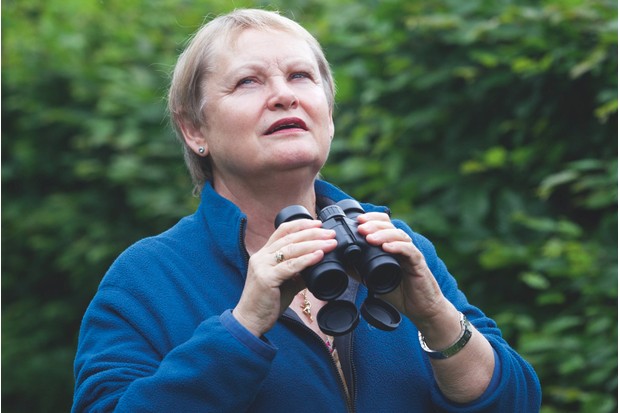We’ve all had one of those moments where we meet someone for the second time and struggle to recognise them because they’re wearing different clothes to the first time. Well, scientists have discovered that fish have that problem, too.
Divers involved in scientific research projects in the Mediterranean that included rewarding their fishy subjects with morsels of food, noticed that a number of the saddled and black sea bream had taken to following the particular diver who had historically given them food. This happened every time the diver went into the water. Furthermore, the fish tended to ignore all the other divers.
Speculating that it must be something to do with visual cues the animals were getting from the dive gear they were wearing, they decided to conduct some experiments.

In a paper published in The Royal Society’s Biology Letters journal authors Maëlan Tomasek, Katinka Soller and Alex Jordan made note of distinguishing marks on a number of young adult sea bream so that they could identify them in the shoal and study their behaviour. Then for 12 days, and over the course of 23 dives, they trained the fish.
At the beginning of the training, the diver chosen to be the lead, Katinka Soller, produced numerous visual, behavioural and olfactory cues. She knelt down at a consistent position chosen as the starting point, wore a red rash vest over her wetsuit and carried a black mesh-bag containing the food reward of small pieces of shrimp, which was pierced to let the shrimp smell out.
As the trial progressed, one by one these cues were removed until Katinka was just wearing plain black dive gear and hovering at the starting point without providing a food reward unless the fish followed her on a 50m swim. By the end of the training, an average eight saddled sea bream and five black sea bream turned up every day, arriving as soon as the diver entered the water. The researchers gave some of them names – Bernie, Left Hump, Kasi, Alfi, Julius and Geraldine – to aid with recording their movements.

The next stage was to introduce a second diver, Maëlan Tomasek, who was of a similar stature and physical shape to Katinka but wearing different clothes. They would start from the same point as in the earlier training but would swim in different directions from that point for the 50m trial distance. At the end of their swims only Katinka would hand out the food reward to the fish that had followed her.
On day one of this stage the fish seemed confused and took a while to decide which diver to follow, splitting themselves randomly. By the second day, though, they were showing a distinct preference for following Katinka. The divers went on to try to fool the fish by swapping positions and swimming in circles, but their subjects invariably chose the right diver to approach for a treat. Everything was carefully caught on video so the individual fish’s behaviour could be analysed back on dry land.
Each time the trial was done it was noticeable that the chosen fish candidates were increasing their knowledge of the divers, leading the researchers to wonder if, given enough time, the fish would begin to recognise other human features on which to base their judgment.
Stage three, though, brought the real test – both divers wore the same dive gear. This was the telling moment as the fish no longer had the divers’ garb as a guide. In that case, the sea bream were not able to tell the difference between Katinka and Maëlan.
“Very few visual differences remain once two divers dress identically,” say the authors, “due to obstruction by the gear itself. Only hair, beard, hands and to a degree body morphology remain visible; faces are not as reliable as on land because they are distorted by diving equipment. Our results show that fish can use dive gear to correctly identify divers, but did not use other subtle differences to distinguish them.”
There were the inevitable anomalies in the study, and fish reacting differently to the norm from time to time, but the scientists felt there was sufficient evidence to be confident that recognition of what the divers were wearing was the trigger for the fishes’ behaviour.
So, in the world of the sea bream it seems, the old proverb rings true - clothes really do maketh the man!
Main image: study author, Maëlan Tomasek, with a 'volunteer' fish in the experiment conducted in the Mediterranean Sea/Maëlan Tomasek | Max Planck Institute of Animal Behavior
More wildlife stories from around the world





